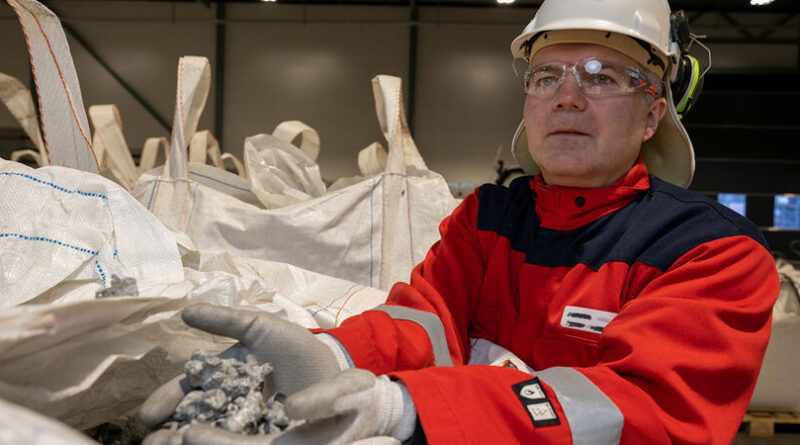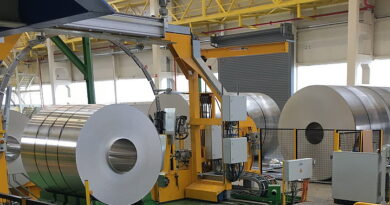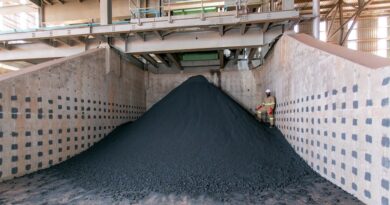Decarbonisation technology of recycled aluminium melting
Reverb or secondary melting furnaces are an effective way to achieve a global circular economy for aluminium supply. The recycling of aluminium uses up to 95% less energy compared to the primary production route, and global production of secondary aluminium has increased by 86% from 2000 to 2015. In 2015, the total amount of secondary aluminium produced accounted for about 22% of the total global aluminium production. This increasing trend in secondary aluminium production will continue to grow in the future as more aluminium becomes available through old scrap metal and aluminium manufacturers are pushed to reduce their carbon footprint to move towards net-zero goals. The increase in the secondary aluminium market size, along with the global effort towards decarbonisation, creates pressure on producers to find innovative ways to decarbonise their operations.
The need for decarbonisation of high temperature melting furnaces has bolstered interest in the use of oxy-fuel combustion systems and low-carbon intensity fuels. Both options provide a pathway to decrease the carbon footprint of new and existing furnaces, as they are suitable for retrofit. The use of oxy-fuel combustion helps to increase the overall thermal efficiency and production rate of a furnace.
This increase in efficiency helps to reduce the specific fuel consumption and, hence, helps to lower the carbon footprint of the furnace operation.
Additionally, use of low- or zero-carbon intensity fuels like hydrogen is another route to reduce carbon dioxide (CO2) emissions from furnace operations.
It is important that the hydrogen is produced from a source that has a low-carbon intensity. The next generation of burners needs to be flexible so that they can operate using traditional fuels (e.g., natural gas) and mixtures of traditional and low-carbon intensity fuels (e.g., hydrogen, ammonia, etc.).




